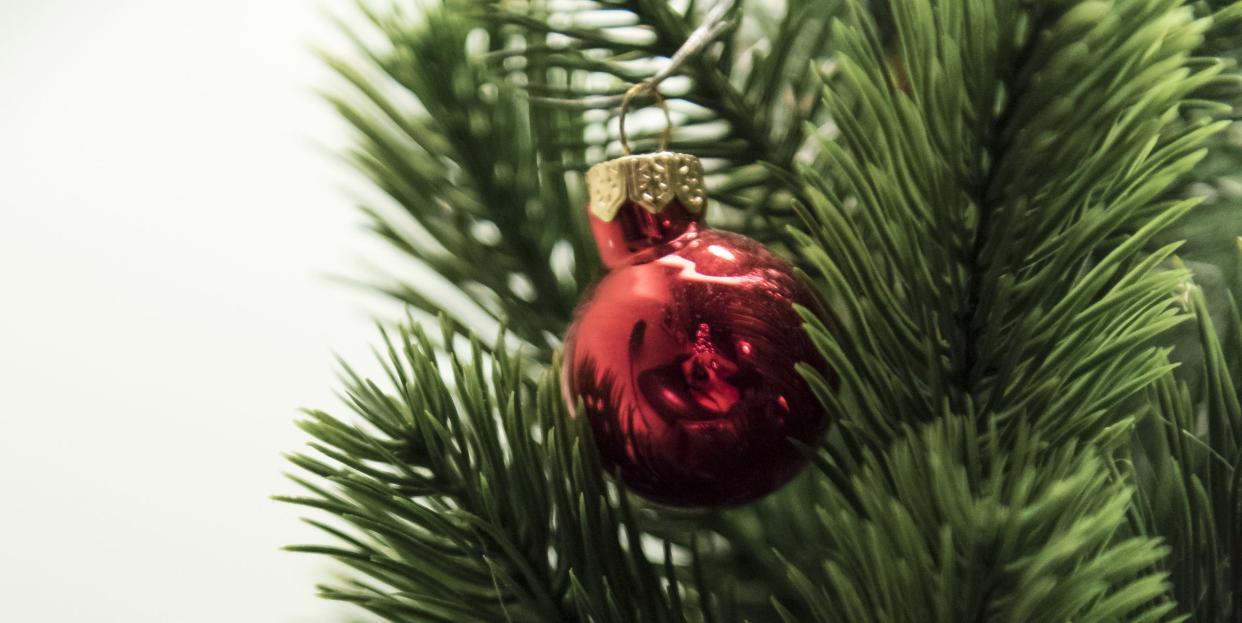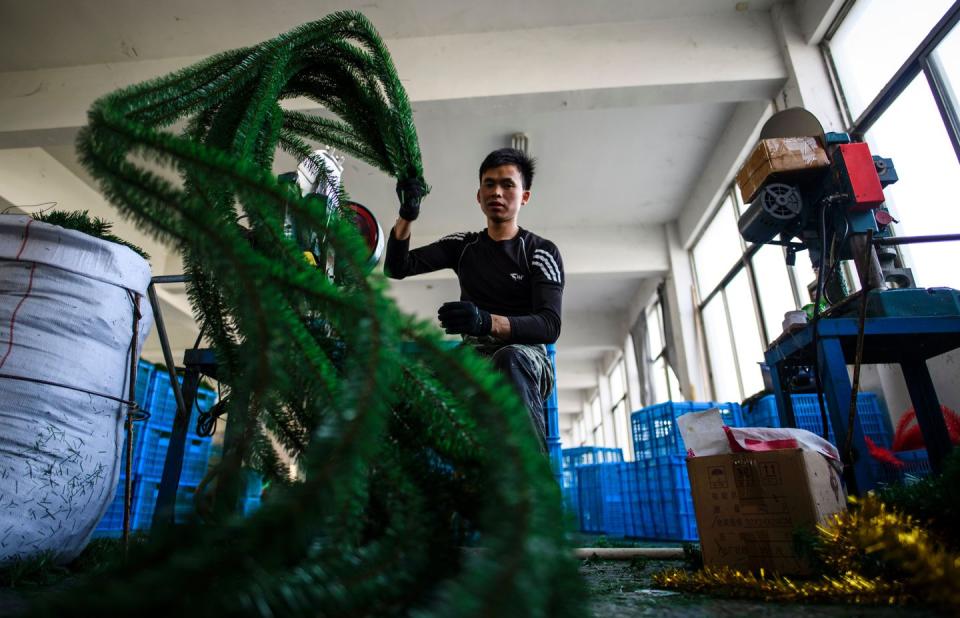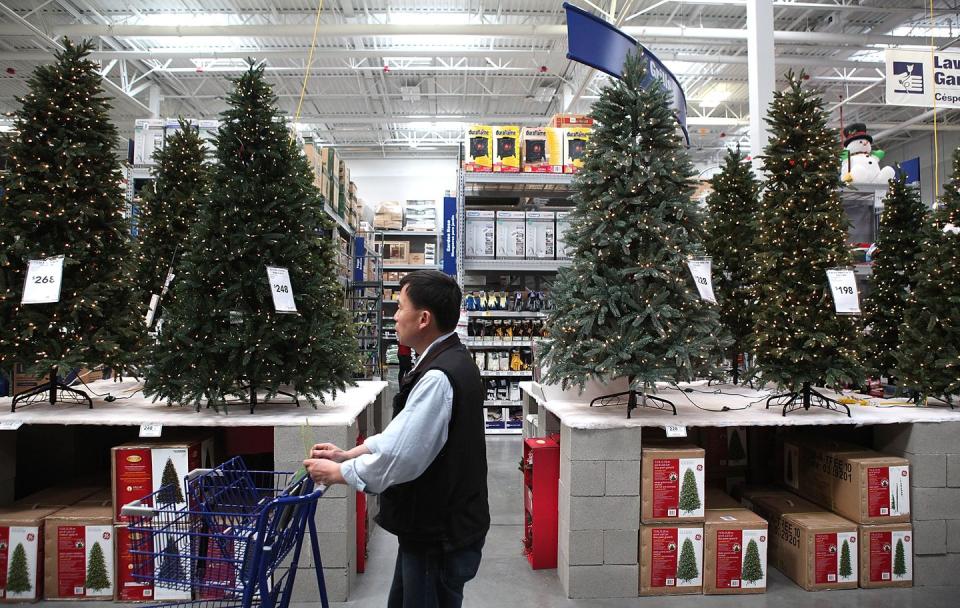It's Time to Finally Accept That Fake Christmas Trees Are Superior to Real Ones

There is no good reason to have a dead tree in your house.
It's that simple. If said tree were a year-round feature of the home, growing and thriving with time, that would be one thing. It is entirely another to go out into the world, bring a dead thing back, and watch it wither in the corner of your living room for a few weeks.
Perhaps it was once a necessity to do so-to drag in a fir, only to watch pine needles sink their way into your carpet and spread, virus-like, throughout your home; to have your hands encrusted with sap. After all, we didn't always have the solution, the obvious, perfect fix: the artificial Christmas tree.

The advantages are clear. There's no mess, set-up is a breeze, and they're even reusable. Every year, simply go out to the garage and pull out a tree, then, after a few weeks of festive cheer, flat-pack it away again for efficient storage. The cutting-edge models even come pre-lit, eliminating the hassle of draping string lights from a precariously balanced ladder. Simply slap on a few well-chosen ornaments, flip a switch, and you're set.
Many Christmas die-hards will protest, swearing that there's no way to replace a real tree. "The smell alone!" But there's a solution for this as well. Select your ideal pine-scented candal from the dozens, nay hundreds of variants on the market and you're good to go. Plus, this way, you can blow it out if it becomes too overwhelming.

Like it or not, those who go for the classic Christmas tree are in the minority. A 2017 study from The Christmas Tree Association, conducted by Nielsen, discovered that of the 75 percent of American households displaying trees, a full 80 percent will use an artificial one. And if you reuse a tree for several years (exact numbers vary, but the Los Angeles Times suggests between six and nine), it's more environmentally responsible than chopping down a new fir each year.
So although Christmas trees have been around in their modern, decorated form for centuries, their future is clear. If artificial trees are good enough for Newport's Gilded Age mansions, they'll do just fine in your family room.
The time of natural firs has ended, long live their plastic successors!
('You Might Also Like',)

